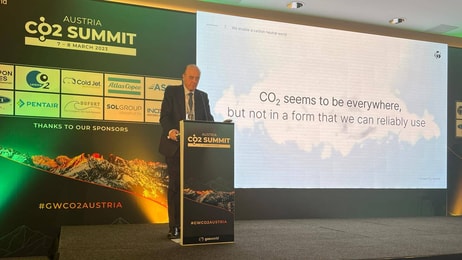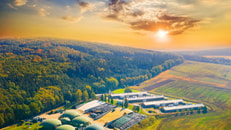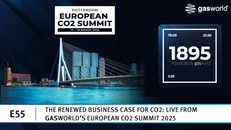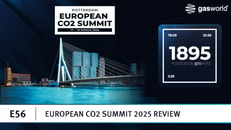BCGA event: UK vulnerable on CO2 ‘as policy holds back biogenic potential’
The UK is becoming increasingly reliant on imported carbon dioxide, leaving the industrial gases sector vulnerable. In part that is because homegrown biogenic CO2 sources remain underutilised due to policy uncertainty and infrastructure delays.
The warning is from former BCGA Chair and independent energy consultant David Hurren, speaking at the BCGA Conference 2025 today. He warned that while feedstocks such as food and agricultural waste could offer a resilient, homegrown supply of CO2, the UK continues to import nearly half of its requirement.
“That leaves [the UK] incredibly vulnerable to what is happening in other markets,” he said.
... to continue reading you must be subscribed



























